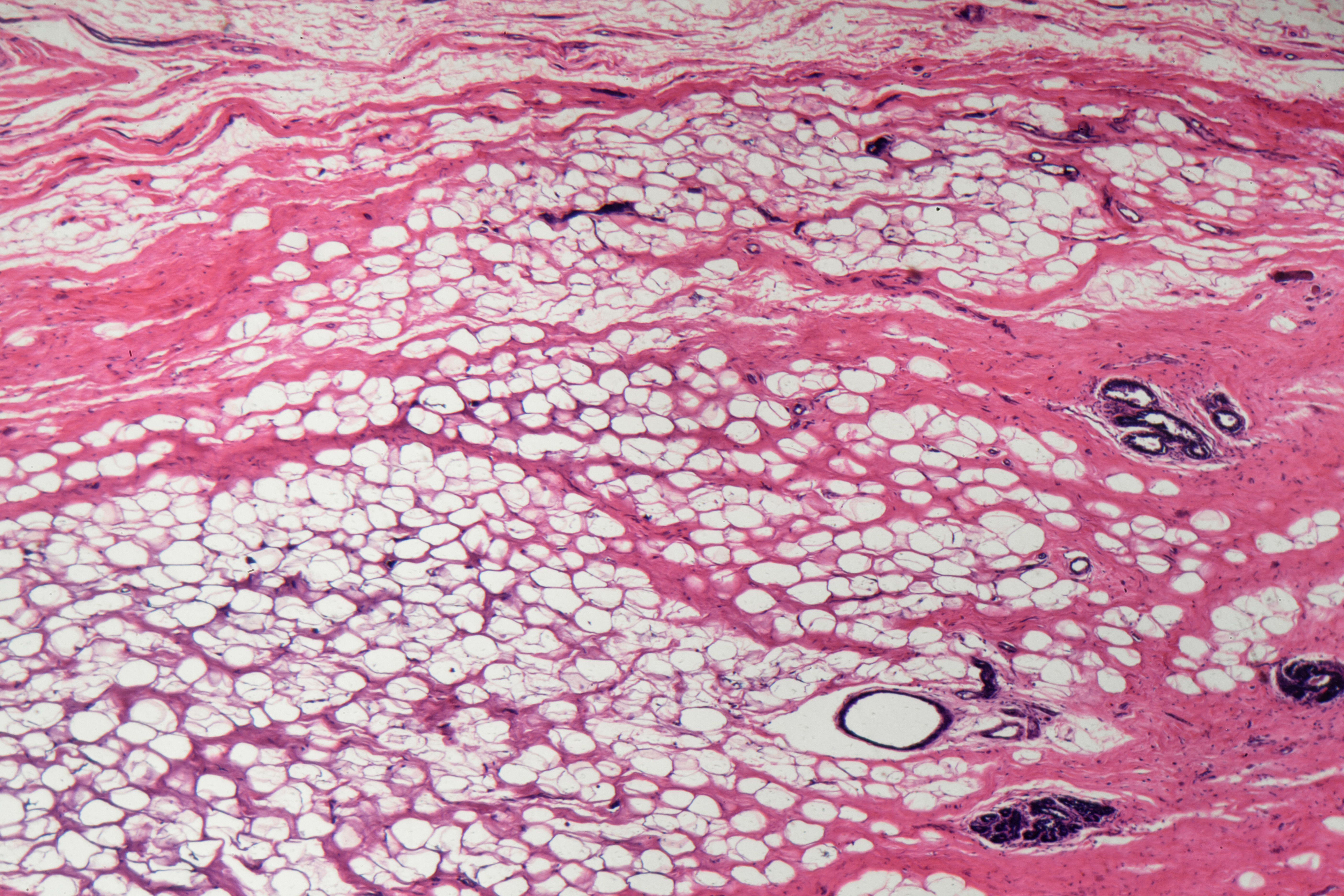New Single Cell Analysis Technology Holds Promise to Advance Disease Diagnosis and Treatment

June 29, 2021 - UC Irvine biomedical engineering researchers have developed a microfluidic device platform that could dramatically advance the way scientists separate single cells from tissue (dissociation) in an effort to study variation. The results could help scientists make progress in disease diagnosis and drug development.
The researchers’ new platform combines three technologies to perform digestion, disaggregation and filtration -- the entire tissue dissociation workflow -- in a rapid, gentle, thorough and automated manner. When the devices are used together, they can greatly accelerate tissue processing into single cells, which are then ready for molecular analysis and use in primary cell culture models.
“Single cell analysis of tissue is rapidly growing because it holds the potential to change the way we search for powerful new drugs and treat patients with a more personalized approach,” said Jered Haun, associate professor of biomedical engineering and lead author on the research published May 17, 2021, in Nature Communications.
Tissues are complex mixtures of different cell subtypes, and these differences can have important consequences for a person’s health. However, single cell analysis studies are hindered, as tissues must first be dissociated into single cell suspensions using methods that are often inefficient, labor-intensive and highly variable. Importantly, certain cell types can be released more easily than others, which will bias the single cell analysis assay and lead to incorrect conclusions.
Haun evaluated the new platform using animal models and a diverse array of tissue types, such as kidney, breast tumor, liver and heart. He also applied a powerful new analysis technique called single cell RNA sequencing, which assesses each cell’s gene expression profile, or transcriptome. This is a potent way to identify cells based on their activity and function.
For kidney and mammary tumors, microfluidic processing produced at least 2.5-fold more single cells in a similar time frame as traditional methods. For liver and heart, increased cell numbers were obtained in dramatically less time. Most importantly, the device platform performed best with cell types that are notoriously difficult to isolate, such as endothelial cells and fibroblasts, and improved reproducibility from batch to batch for all tissues.
Collaborators on the research include UCI graduate student researchers Jeremy A. Lombardo, Marzieh Aliaghaei and Quy H. Nguyen; and Kai Kessenbrock, UCI assistant professor in biological chemistry.
– Lori Brandt
